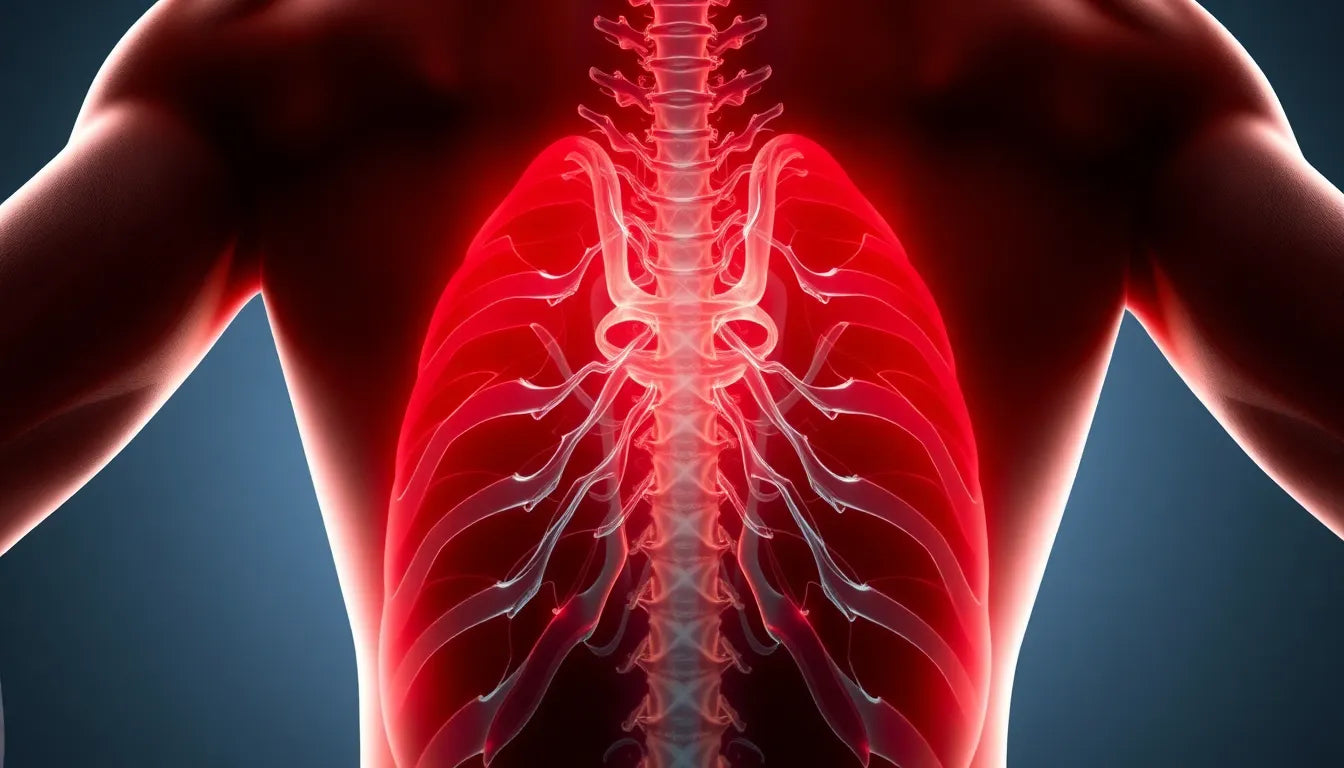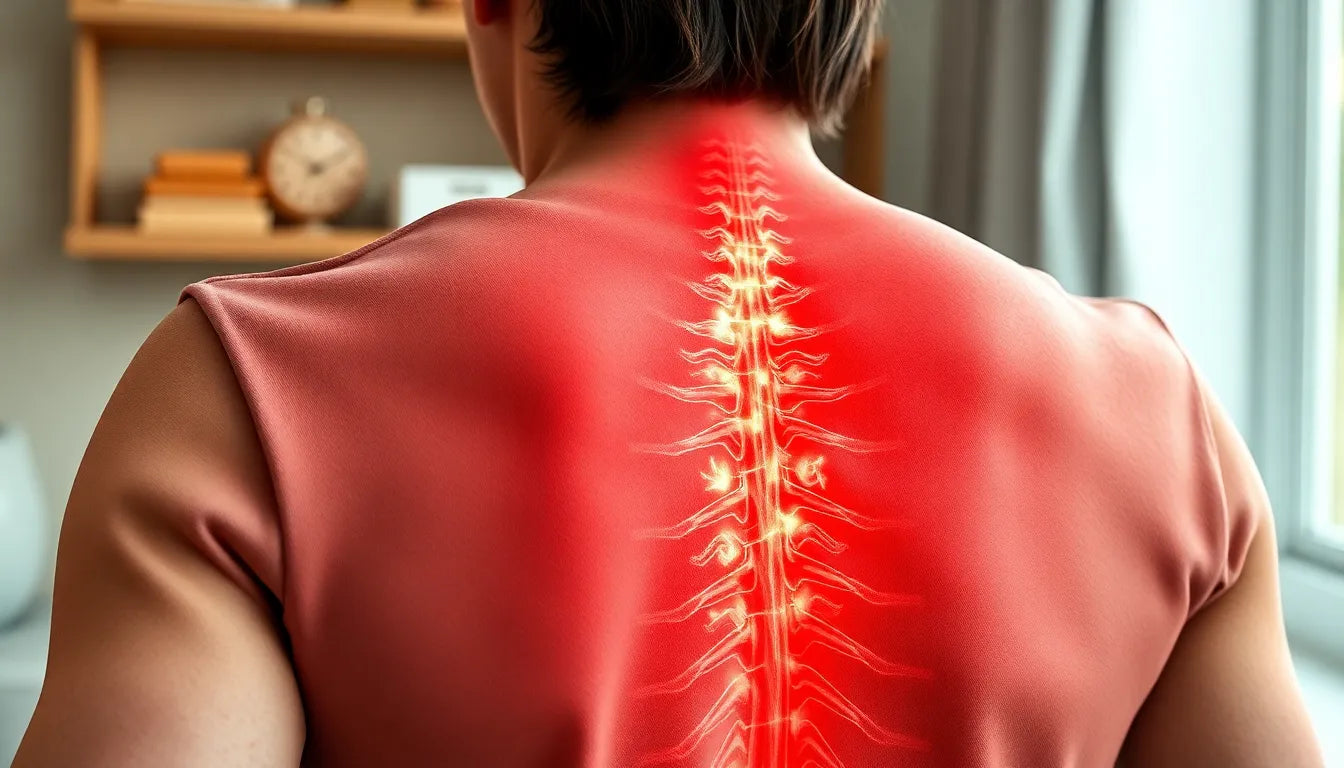Experiencing neck pain after a car accident is a common issue that affects many individuals, often disrupting daily activities and reducing overall quality of life. This discomfort is frequently associated with a condition known as whiplash, or "piskesmæld" in Danish, which is a prevalent consequence of vehicular collisions. Whiplash occurs when the head is suddenly and forcefully thrust forward and backward, a motion typically seen during rear-end collisions, but it can also happen in side impacts or falls.
understanding whiplash and its impact
Whiplash involves injury to the soft tissues of the neck, including muscles, tendons, and ligaments, without necessarily causing bone fractures. Despite the absence of fractures, the resulting pain and stiffness can be quite significant, affecting one's ability to perform routine tasks. Addressing the symptoms early is crucial to prevent long-term issues and aid in a quicker recovery. Ignoring these symptoms could lead to chronic pain or other complications, making it essential to seek appropriate medical evaluation and intervention.
what to expect in this post
This blog post will guide you through the journey of understanding and managing neck pain after a car accident. We will delve into the typical symptoms associated with whiplash, the diagnostic process, and the various treatment options available. Additionally, we will explore long-term management strategies to help you regain control over your life and alleviate the discomfort associated with this condition. Whether you are dealing with mild discomfort or more severe symptoms, our aim is to provide you with comprehensive information and practical advice to support your recovery journey.
By understanding the underlying causes and mechanisms of whiplash, you can better appreciate the importance of early intervention and appropriate treatment. This knowledge will empower you to take proactive steps in managing your symptoms and improving your overall well-being. Stay with us as we explore these topics in detail, offering insights and guidance to help you navigate the path to relief and healing.
causes and mechanism of injury in whiplash
Whiplash injuries primarily affect the soft tissues of the neck, such as muscles, tendons, and ligaments. During a car accident, particularly in rear-end collisions, the sudden and forceful back-and-forth motion of the head can stretch and strain these tissues beyond their normal range of motion. This can result in microscopic tears and inflammation, leading to pain and stiffness. Interestingly, while bone fractures are uncommon in whiplash injuries, the resulting discomfort can be severe and debilitating.
This type of injury doesn't just occur in rear-end collisions; side impacts and even falls can also cause similar stress on the neck. The lack of visible damage often leads to underestimating the severity of the injury, which is why understanding the mechanism is crucial for proper treatment and recovery.
typical symptoms of whiplash
Whiplash symptoms can vary widely among individuals, but some common manifestations include neck pain and stiffness, headaches, dizziness, and sometimes pain radiating to the shoulders and arms. These symptoms may not be immediately apparent, often developing hours or even days after the accident.
In addition to these primary symptoms, some individuals may experience less common effects such as concentration difficulties, fatigue, sleep disturbances, and memory issues. In rare cases, there can be a reduction in sexual desire. The variability in symptoms highlights the importance of personalized medical assessment to ensure a comprehensive treatment plan.
diagnosis process for neck pain after a car accident
The diagnosis of whiplash typically begins with a thorough medical history review and a physical examination by a healthcare professional. During this process, the doctor will assess the range of motion and check for areas of tenderness in the neck. Imaging tests such as MRI or CT scans are generally reserved for cases where symptoms are severe or persistent, to rule out more serious injuries like fractures or herniated discs.
It's essential to communicate any symptoms, no matter how minor they may seem, to your healthcare provider. This information will assist in developing an effective treatment plan tailored to your specific needs.
treatment options for whiplash
The primary goal of treating whiplash is to alleviate pain and restore normal function. Most individuals find relief through conservative treatment methods. Gentle exercises and stretching are often recommended to maintain mobility and prevent stiffness. Ergonomic adjustments, particularly for those who work in office settings, can also be beneficial in reducing strain on the neck.

Men's Posture Shirt™ - White
Posture correcting shirt activates muscles and can relieve neck, shoulder, and back discomfort.

Women's Posture Shirt™ - Black
Promotes better posture and relieves pain or tension in daily activities and rehabilitation.
Pain relief medication, such as non-steroidal anti-inflammatory drugs (NSAIDs), can help manage discomfort, while physiotherapy plays a pivotal role in rehabilitation. Physiotherapists can design personalized exercise programs that focus on strengthening and stabilizing the neck muscles, promoting quicker recovery.
Maintaining neck movement is crucial, as immobilizing the neck for extended periods can lead to muscle atrophy and prolonged recovery. Therefore, it's important to follow the guidance of healthcare professionals and adhere to prescribed treatment plans.
In summary, understanding the causes and symptoms of whiplash, along with seeking timely and appropriate medical care, can significantly improve recovery outcomes for those experiencing neck pain after a car accident. By taking proactive steps and following professional advice, individuals can effectively manage their symptoms and work towards regaining their quality of life.
long-term effects and chronic pain after a car accident
While many individuals recover fully from neck pain after a car accident, a minority may experience ongoing discomfort, known as chronic whiplash syndrome. This condition can lead to persistent pain, reduced functionality, and a decrease in quality of life. It's crucial to understand that chronic pain doesn't necessarily mean permanent damage, but rather a prolonged recovery process that requires careful management.
For those dealing with chronic symptoms, exploring alternative treatments such as acupuncture or gold implantation might offer some relief, although these methods lack broad medical consensus. It's important to consult with healthcare professionals to determine the most suitable treatment options for your specific condition.
practical advice for managing neck pain
Managing neck pain after a car accident involves a combination of medical treatment and practical lifestyle adjustments. Here are some tips to help you manage symptoms and prevent exacerbation:
- Ergonomic adjustments: Ensure your workspace is ergonomically friendly. Adjust your chair, desk, and computer monitor to reduce strain on your neck.
- Regular breaks: Take frequent breaks during prolonged sitting or computer use to stretch and move your neck.
- Gentle exercises: Engage in gentle neck rotations, tilts, and shoulder rolls to maintain mobility and reduce stiffness.
- Proper posture: Maintain an upright posture, keeping your shoulders relaxed and your head aligned with your spine.
- Supportive pillows: Use a supportive pillow that aligns your neck and spine while sleeping.
These practical steps, combined with medical advice, can significantly aid in managing neck pain and supporting recovery.
frequently asked questions
what should I do immediately after a car accident if I suspect whiplash?
If you suspect whiplash after a car accident, it's essential to rest, apply ice to reduce swelling, and seek a medical evaluation to rule out serious injuries. Early assessment can help in developing a suitable treatment plan.
how long does it typically take for whiplash symptoms to resolve?
Most cases of whiplash improve within a few weeks with appropriate treatment. However, some individuals may experience symptoms for several months or even longer. Consistent follow-up with healthcare professionals can aid in recovery.
when should I see a doctor for neck pain after an accident?
It's advisable to see a doctor if you experience severe symptoms, persistent pain beyond a few weeks, or alarming signs such as numbness or weakness in your limbs. Early medical intervention is crucial for effective treatment.
can whiplash lead to permanent damage?
While permanent damage from whiplash is rare, chronic symptoms can occur in some individuals. Early intervention and a tailored treatment plan can help prevent long-term issues and improve outcomes.
are there specific exercises or stretches I should do?
Gentle neck rotations, tilts, and shoulder rolls are commonly recommended exercises for whiplash recovery. Consulting a physiotherapist for a tailored exercise program is advisable to ensure safe and effective rehabilitation.
In conclusion, addressing neck pain after a car accident promptly and effectively is crucial for recovery. By understanding the symptoms, diagnosis, and treatment options, you can take proactive steps to manage your condition and improve your quality of life. Remember to seek professional advice and consider ergonomic aids to support your healing journey.


















